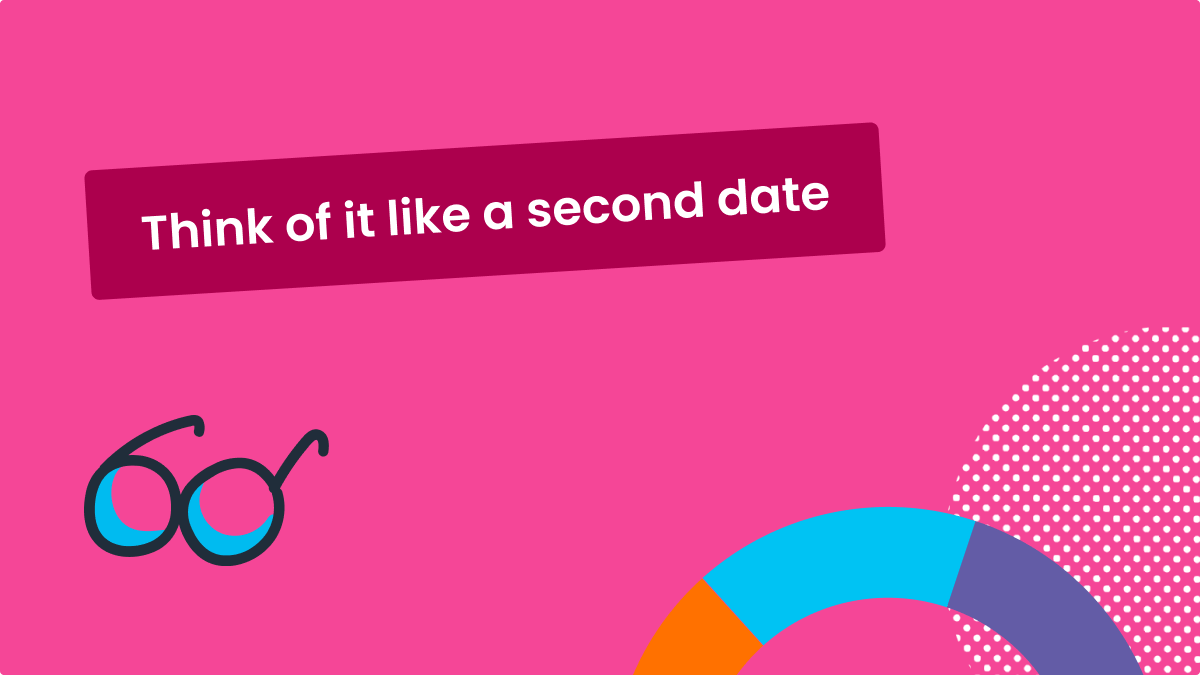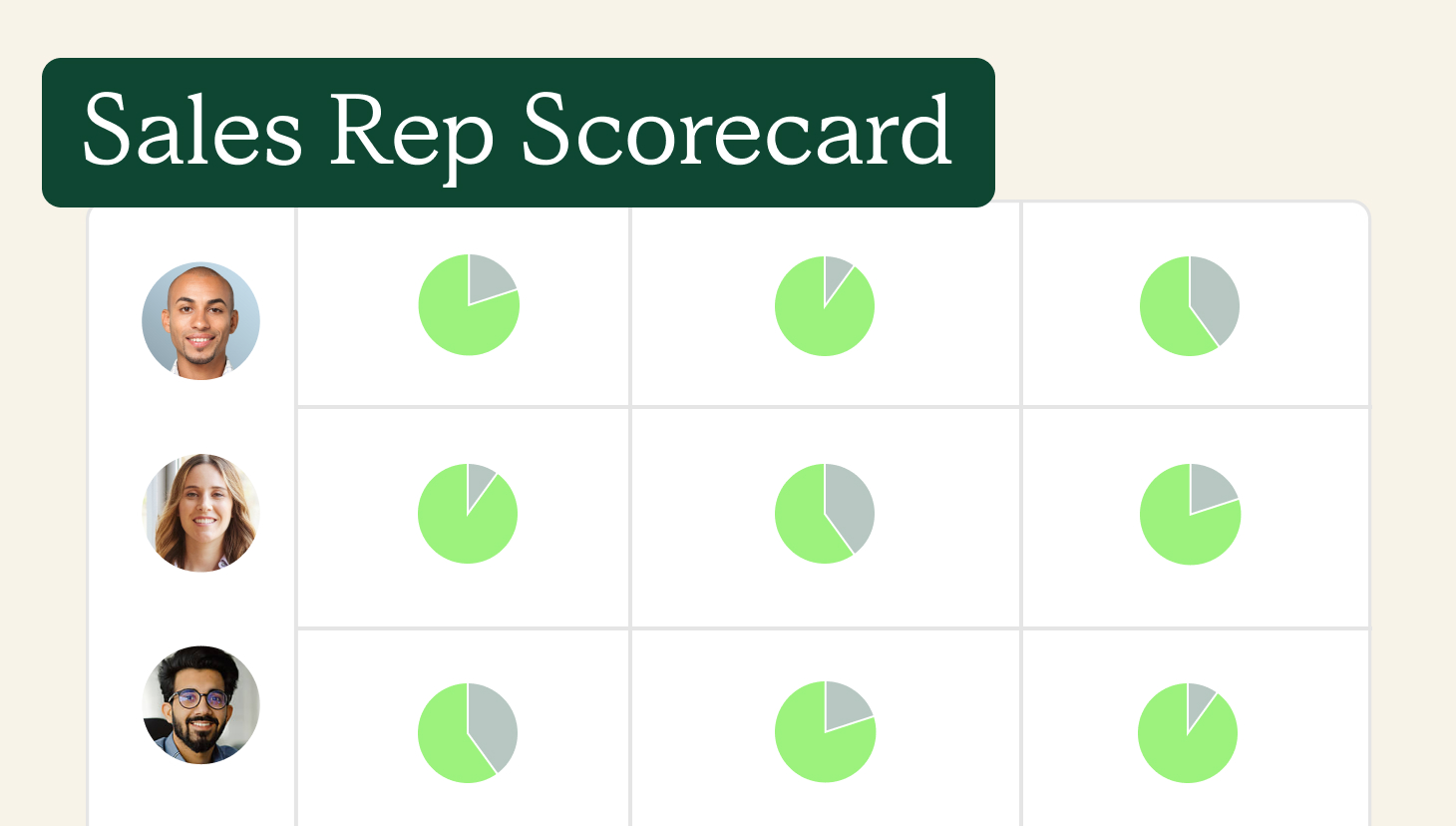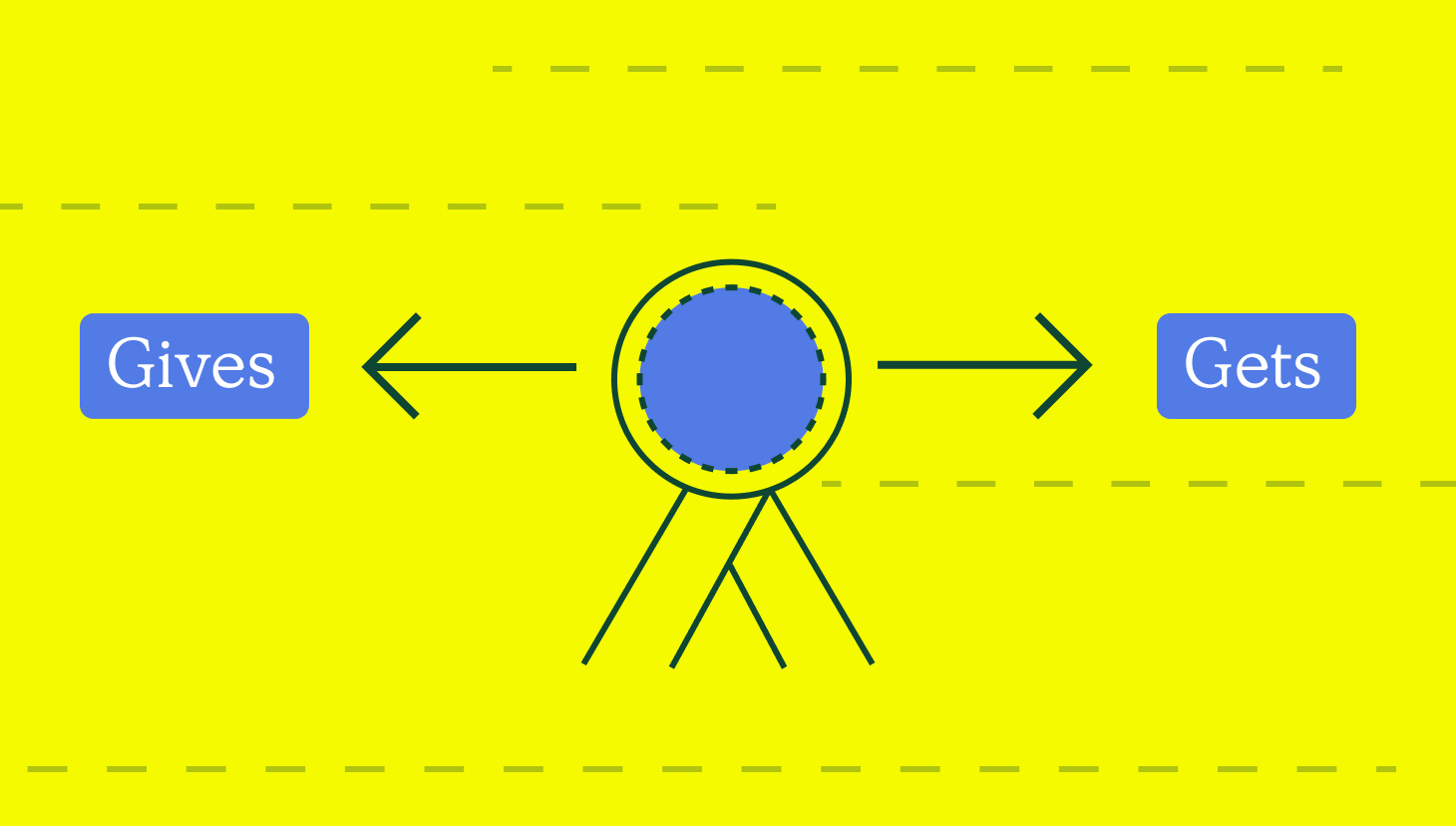Everybody loves to close a deal. But, before you have a chance at crossing the finish line, you need to figure out how to execute a strong start. A great discovery call sets the scene for a client-rep relationship that can last years. It’s how you’ll gauge whether a prospect is qualified and get the info you need to tailor your actual pitch.
In essence, a discovery call is your first chance to make a good impression. Knowing what to say and how to listen can make all the difference. Below, we offer a crash course sales training into discovery calls and sales tips.
What is a discovery call?
One of the biggest mistakes a salesperson can make is jumping on a demo without first prepping for the discussion. Sales demos aren’t one-size-fits-all presentations. Each one should be tailored to the prospect at hand. To do that, you schedule a discovery call. This is a conversation with the prospect that allows you to get to know your potential customer. Think of it as a second date. You’re both interested, but now it’s time to see if this partnership is a good fit for all involved.
The majority of a discovery call will revolve around two things: identifying pain points and seeing whether your offering provides the right solutions. Many people think of a discovery call as an interview. It’s not. This highly interactive conversation should allow both sides to get a feel for the product, process, and potential. You’re building trust, too.
3 ways to clean up your commission tracking process
Learn MoreIf you have several product lines and associated specialists, a separate discovery is practically required. You can assess the needs of the client and schedule the right specialists for product to be on the follow-up call and participate in the actual pitch or demo.
Some people choose to do discovery at the beginning of a demo. This generally works better if you already know quite a bit about the company. You can conduct your own research or perhaps you have prospects fill out a questionnaire when they first indicate interest in your product. Combining your discovery and your demo can save time, but only for the right salespeople and the right product.
4 steps to running a good discovery call
There are four basic steps to running a good discovery call.
1. Set the agenda
This is when you state why you’re having the call and outline what everyone should expect. Establishing an agenda can streamline the call and make the discovery more efficient. If you’re not sure how to decide on an agenda or think your template could use an update, look to your old calls. Taping cold calls and using them as a coaching tool is a brilliant way to refine your agenda based on actual interactions. You can see where past discovery calls fell flat and which questions or answers seemed to garner the best response. The more effective you are, the closer you get to that all-important close.
2. Ask all relevant questions
This get-to-know-you session is only as valuable as you make it. Preparing a list of questions is a good idea, but make sure you’re not married to it. You don’t want the discovery call to turn into an inquisition. Remember that this is an opportunity not only to learn about your prospect but also to establish a rapport.
This is also the right time to check whether you’ll be going the distance with this company representative or someone else. Determine who’s the decision-maker now and you’ll save time and frustration later.
3. Allow the prospect to ask questions for you
Always make time to answer your prospect’s questions. They’ll likely have a few questions while you’re doing your own discovery. But allowing for a separate chunk and actually asking, “What questions do you have for me?” is important. Clients want to be heard. You’ll reaffirm your offering before signing off too, but the client’s questions will help avoid any miscommunications or ambiguity.
This portion of your discovery call is all about active listening. There is a ton of information hidden in not only the types of questions prospects ask but also in how they ask them. Learning to be an active listener can give you a huge advantage over the competition and help you secure a deal. You’ll also be able to spot misunderstandings early on in the process and correct any misconceptions before they have time to take root.
4. Set expectations for the future
Now it’s time to get your new customer excited about what’s to come. First, take a few minutes to summarize everything you already talked about and double-check that you’re on the same page. Then run through what will happen in terms of onboarding and other setup requirements. Talk about what you’ll need from the client in terms of resources, calls, access to their network or a physical building, etc.
Of course, there’s always a chance that you now realize your prospect isn’t a good fit for your product or service. In that case, it’s time to let them know why you don’t think it’s a good idea to move forward. Always try to end on a positive note. This might mean referring them to another company that’s a better fit or suggesting how you might work together in the future.
Streamline commissions for your RevOps, Finance, and Sales teams
Design, track, and manage variable incentives with QuotaPath. Give your RevOps, finance, and sales teams transparency into sales compensation.
Talk to Sales- What’s your current [what your solution solves for] process look like?
- What role do you play in that process?
- What are your biggest blockers, and what happens when those disrupt the process?
- Who else is impacted by this?
- How have you tried to address this problem in the past? If so, what was the result?
- What do you think would fix this challenge you’re facing?
- How would you tell if the problem has been solved?
- What are you evaluating when looking into a solution?
- What’s your timeline for implementing a fix?
- If you don’t move forward with a product and vendor, what’s your company’s plan to address this?
After working through these questions, outline the next steps and confirm a follow-up while on the call. Without that, your prospect is more likely to drop off.
It may take some time and practice to get into a rhythm with your discovery calls, but the payoff is worth the investment.
Additional discovery call resources:
28 Questions to Ask on a Call During the Sales Discovery Process (HubSpot blog)
SELL THE MEETING Set Discovery Calls & Sales Appointments To Close New Accounts (add it to your “best sales books of all time” list)
How to Hold a Discovery Call: Steps, Questions & Free Script (Selling Signals blog)
This Sales “Best Practice” is Actually Terrible for Your Discovery Calls (And it’s not what you think.) (LinkedIn Blog)
Lastly, as your discovery calls lead to higher quality opportunities, track your real-time and forecasted commission in QuotaPath. Our sales commission software will strengthen your overall sales compensation strategy and automatically track and calculate commissions so you don’t have to. Start for free today!



